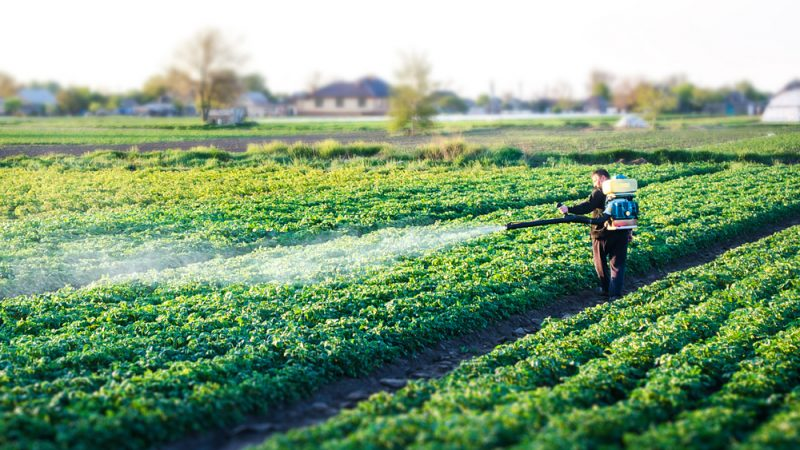Free Courses Sale ends Soon, Get It Now


Free Courses Sale ends Soon, Get It Now



Copyright infringement not intended
Picture Courtesy: www.euractiv.com
Context: The FAO report revealed staggering hidden costs of over $10 trillion in global agri-food systems, with middle-income countries like India bearing nearly 11% of this burden in their GDP.
Details
Hidden Costs of Agricultural Production
Environmental Costs
Social Costs
Economic Costs
Conclusion
Must Read Articles:
THE IMPACT OF DISASTERS ON AGRICULTURE AND FOOD SECURITY: https://www.iasgyan.in/daily-current-affairs/the-impact-of-disasters-on-agriculture-and-food-security
|
PRACTICE QUESTION Q. How can sustainable agricultural practices contribute to addressing global food security challenges while minimizing environmental impact and promoting long-term resilience in the face of climate change? |
© 2024 iasgyan. All right reserved